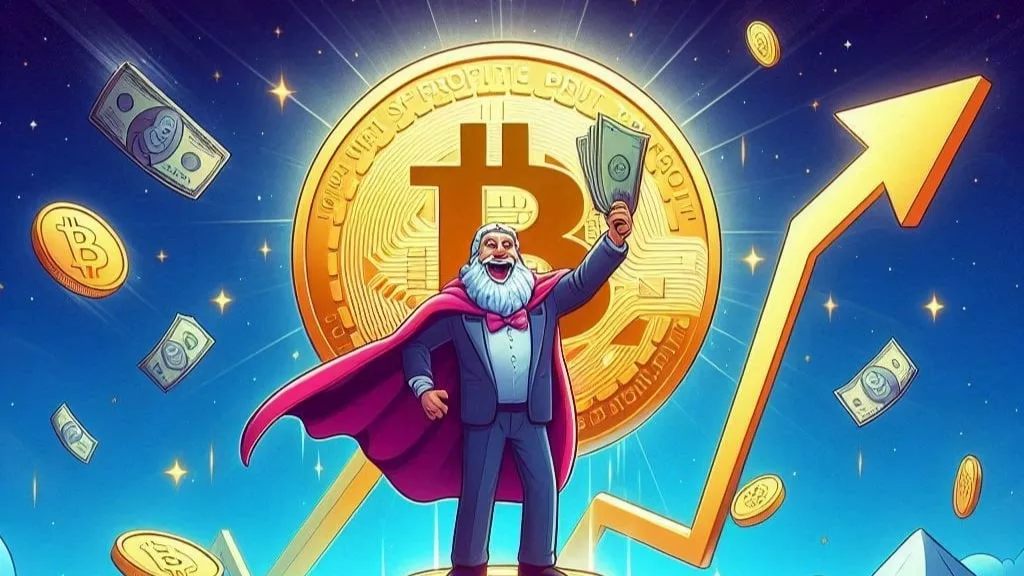
The Chang hard fork marks the beginning of Cardano’s Voltaire era, signifying a significant shift from centralized control to a more decentralized governance structure. This upgrade allows the Cardano community to propose and vote on critical decisions affecting the ecosystem, reflecting a milestone in Cardano’s journey towards decentralization.
O’Connor’s remarks came as part of a broader discussion about the future of Cardano’s governance. He suggested that one of the initial community-driven actions following the Chang upgrade should be to determine whether to retain Hoskinson and IOHK, particularly to accelerate the development of important features like Ouroboros Peras and Leios.
While O’Connor’s proposal received support from some community members, it also faced criticism. Robert Roose, founder of the Cardano interoperability service Mynth, voiced his opposition to the idea. Roose argued that Cardano might benefit from distancing itself from a central figurehead like Hoskinson, suggesting that the project could be stronger and more unique without his direct involvement.
Roose proposed that if IOHK were to continue its role in Cardano’s development, it should align more closely with a decentralized autonomous organization (DAO) model. He indicated that he would only consider contracting IOHK if Hoskinson were no longer the CEO, arguing that Hoskinson’s role is not technically central to the project’s current needs.
In response to Roose’s comments, Hoskinson expressed surprise at the suggestion that he is not technically involved with Cardano. He questioned the basis of the claim and sought clarification on what people believe his role entails at IOHK.
Hoskinson took to social media to address the issue, reflecting on his journey with Cardano over the past decade. He emphasized the significant technical and emotional challenges he has faced and defended his ongoing involvement in the project. Hoskinson highlighted Cardano’s evolution from its inception to its current state as a decentralized network, asserting that his role remains pivotal in its development.
Hoskinson described Cardano as a landmark achievement in blockchain technology, emphasizing its decentralized nature and global reach. He pointed out that Cardano operates in over 100 countries without central coordination, showcasing the network’s resilience and adaptability.
Hoskinson’s comments also touched upon recent speculation that he might be leaving Cardano for Midnight, a sidechain project. He clarified that these rumors are unfounded and reiterated his commitment to Cardano’s continued growth and governance.
The discussion surrounding Hoskinson’s role highlights a broader debate within the Cardano community about the balance between central leadership and decentralized governance. Some members advocate for a model that reduces reliance on individual figureheads, aiming to strengthen the ecosystem’s resilience and decentralization.
Others, like O’Connor, see value in retaining experienced leadership to guide the development of key features and ensure stability during Cardano’s transition to a more decentralized model. This debate underscores the dynamic nature of blockchain governance and the ongoing evolution of Cardano’s structure.
Charles Hoskinson’s response to recent claims about his role in Cardano reflects the complexities of managing a decentralized project with a strong founder figure. As Cardano moves into its Voltaire era, the balance between central leadership and decentralized governance will continue to be a topic of discussion.



Get the latest Crypto & Blockchain News in your inbox.